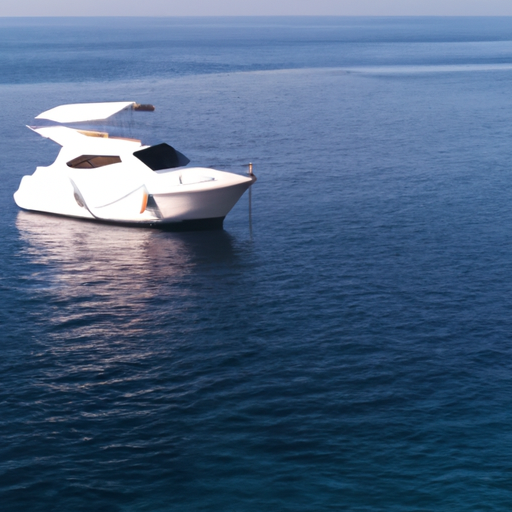-
Table of Contents
What are the disadvantages of marine tourism?

Marine tourism, also known as oceanic leisure or coastal travel, has gained significant popularity in recent years. It offers a unique opportunity for individuals to explore the beauty of the marine environment and engage in various recreational activities. However, like any other form of tourism, marine tourism also has its drawbacks. In this article, we will discuss some of the disadvantages associated with marine tourism and their impact on the environment and local communities.
Marine Tourism Disadvantages
1. Environmental Impact:
– Pollution: The increase in marine tourism activities can lead to pollution of the marine ecosystem. Discharge of untreated sewage, oil spills from boats, and improper waste disposal can harm marine life and degrade water quality.
– Habitat Destruction: The construction of tourist facilities such as resorts, piers, and marinas can result in the destruction of coastal habitats, including coral reefs and mangroves. These habitats are crucial for the survival of many marine species.
– Overfishing: The demand for seafood by tourists can lead to overfishing, depleting fish populations and disrupting the balance of marine ecosystems.
2. Oceanic Leisure Impact:
– Noise Pollution: The noise generated by boats, jet skis, and other watercraft can disturb marine animals, including whales, dolphins, and sea turtles. This disturbance can disrupt their natural behavior patterns and even cause physical harm.
– Physical Damage: Improper anchoring and careless boating practices can cause physical damage to coral reefs and other sensitive marine habitats. This damage takes years to recover, if at all.
– Wildlife Disturbance: Tourists engaging in activities such as snorkeling, diving, and swimming may unintentionally disturb marine animals, causing stress and altering their natural behavior.
3. Coastal Travel Issues:
– Overcrowding: Popular coastal destinations often experience overcrowding during peak tourist seasons. This can lead to congestion, increased pollution, and a decline in the quality of the tourist experience.
– Infrastructure Strain: The development of tourist facilities and infrastructure to cater to the growing number of visitors can put a strain on local resources and services. This includes water supply, waste management, and transportation systems.
– Cultural Impact: The influx of tourists can disrupt local communities and their traditional way of life. It can lead to the loss of cultural identity, increased commercialization, and a decline in the authenticity of the destination.
In conclusion, while marine tourism offers numerous benefits, it is essential to acknowledge and address the disadvantages associated with it. The environmental impact, oceanic leisure impact, and coastal travel issues discussed above highlight the need for sustainable practices and responsible tourism. By implementing measures to minimize pollution, protect marine habitats, and respect local communities, we can ensure that marine tourism continues to thrive without compromising the delicate balance of our oceans.